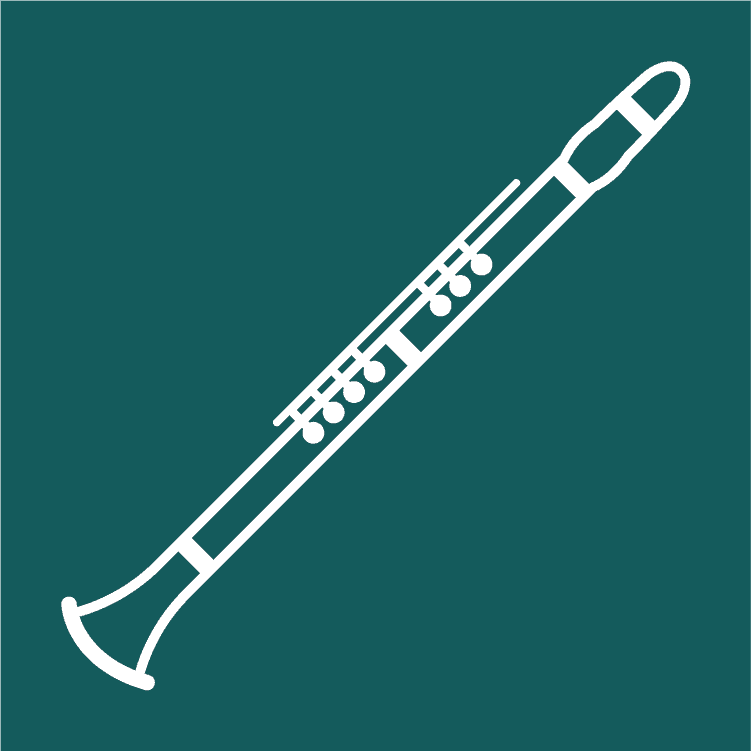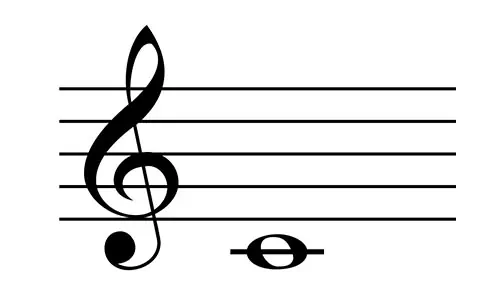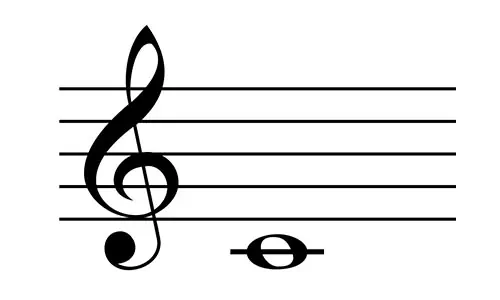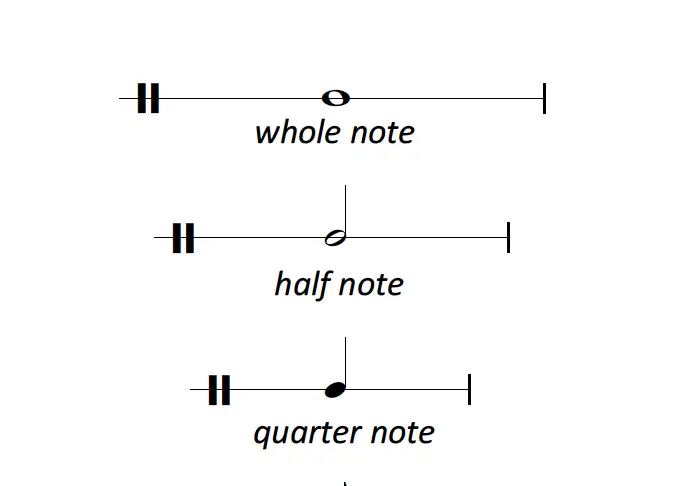how to Read Clarinet Sheet Music
Reading clarinet sheet music isn't as complex as you imagine

Identifying how to read music is a really essential skill to have. But it’s also a totally different skill from actually playing the clarinet. Exactly why should we treat them as one and the same! As a segment within our ‘Beginner’s Guide To Learning The Clarinet’, we hope to offer you the tools and information to read music better.
What actually are the musical notes?
So how does an individual from Australia create something, and somebody in the USA can understand it? It’s simply because they observe the rules of reading and writing in the English language. Produced written music notation is exactly the same thing. If you’re in New York or Sydney, so long as you can decipher the symbols on the page, you can play the music.
Examples of very early notation have been discovered on tablets dating back as far as 2000 BC. Modern’ staff notation’, the method we currently use, was made by Catholic monks to standardise church music.

Why Should You Learn To Read Music?
Let’s be totally frank. Understanding how to read music is really a tough thing to do.
If you’re wanting to play pop/rock music, it’s not so vital that you figure out how to read music. Nevertheless, if you do, you’ll find life simpler later on.
You can absolutely go down this path if you choose. Just know that like riding a bike, reading music is actually a skill you never forget – and the positives massively overshadow the downsides.
When You Learnt To Read And Write...
When you learnt to read and write, did you handle them as the exact same task? Of course not. Controlling your hand moves with a pencil, understanding the patterns of words, understanding how characters join together are all a radically different skill from using your eyes to work out what a combination of characters spells.
Reading music, and the procedure of learning to achieve it is the same.
The process of playing the clarinet is a completely different skill from the process of reading the music which is set in front of you. Yes, you will discover a link. But it’s not precisely the same. So any educator who is not breaking up out those two tasks, and teaching them through unique strategies, really should be fired!
Find Out The Basics Of Reading Musical Notation
The Treble Clef Staff
For clarinet, staff notation is organised around something known as the treble staff. This contains a stave (the term for the lines) of five lines and four spaces. It is usually labelled with a treble clef (the squiggly thing at the beginning of the line)!
Middle C sits in the space at the very bottom of the stave, on an imaginary line.
Notes can sit on a line or in a space. The vertical placement (height) of the note specifies the pitch. The higher up the stave, the higher the pitch. When the note would need to go higher or below the stave lines, we add mini lines for any note that is higher or lower. These lines are known as ledger lines.

The notes
So we don’t have to count up from middle C to get our note, we are able to make use of a technique – and it’s as simple as keeping in mind the word FACE…

The five lines, bottom upwards, for the treble staff are E G B D and F. The easiest way to learn them is usually to remember acronyms. The most well-liked is “Every Good Boy Deserves Football” – but I think you’ll be able to create a much better version!

Also to help give a nice introduction to the total Treble Clef staff, here you go:

Value of Notes
When reading sheet music, we all read from left to right. Now we know what position on the stave creates what note, we need extra instruction from the printed symbol. We have to recognize how long to hold the note for.
The shape of the note shows you how long to play it.
- A whole note (or if you are in the UK, it’s called a Semibreve) is an empty circle and lasts four counts.
- A half note (or if you are in the UK, it’s called a Minim) adds a stem and lasts two counts.
- A quarter note (or if you are in the UK, it’s called a Crotchet) fills in the circle and lasts one count.


How To Read Clarinet Sheet Music - Summary
You have the tools…
With that information, if you study it for enough time and become accustomed to knowing which line and space equal which note, you will become fluent in reading music in no time.
It won’t shock you to be aware that there is quite a bit more to reading music than what I’ve mentioned above. But everyone has to begin somewhere – and when you can get to the stage in which you remember all of this information and find it easy, you’ll then be ready to plunge in much deeper with your pursuit of understanding!
About the Author
Sonia Sielaff
Sonia Sielaff is Eflat/Sub Principal clarinetist of the Royal Philharmonic Orchestra, a position she’s held since 2017. She’s a faculty member of the Clarinet Maestro Festival and Play With a Pro. A versatile musician, Sonia has performed with the band Heart at Royal Albert Hall, and performed for royalty at Buckingham Palace.
Originally from Minnesota, Sonia holds degrees from University of Southern California, Glenn Gould School, Michigan State University, and Lawrence University. Apart from playing clarinet, Sonia loves baking, speaking Norwegian and nature walks with her dog Sophie.
www.soniasielaff.com
Other posts by this author
Originally from Minnesota, Sonia holds degrees from University of Southern California, Glenn Gould School, Michigan State University, and Lawrence University. Apart from playing clarinet, Sonia loves baking, speaking Norwegian and nature walks with her dog Sophie.
www.soniasielaff.com
Discover What 4 Products I’ve Discovered This Week
As regular as I listen to my favourite music, I send out an email to you with the four most fantastic things that you absolutely have to know about.
As long as it’s music-related, it could finish up in the email. Brand new songs, strategies, items, product reviews – anything at all.
Get entry by pressing the button below.
Read the next post in this series:




